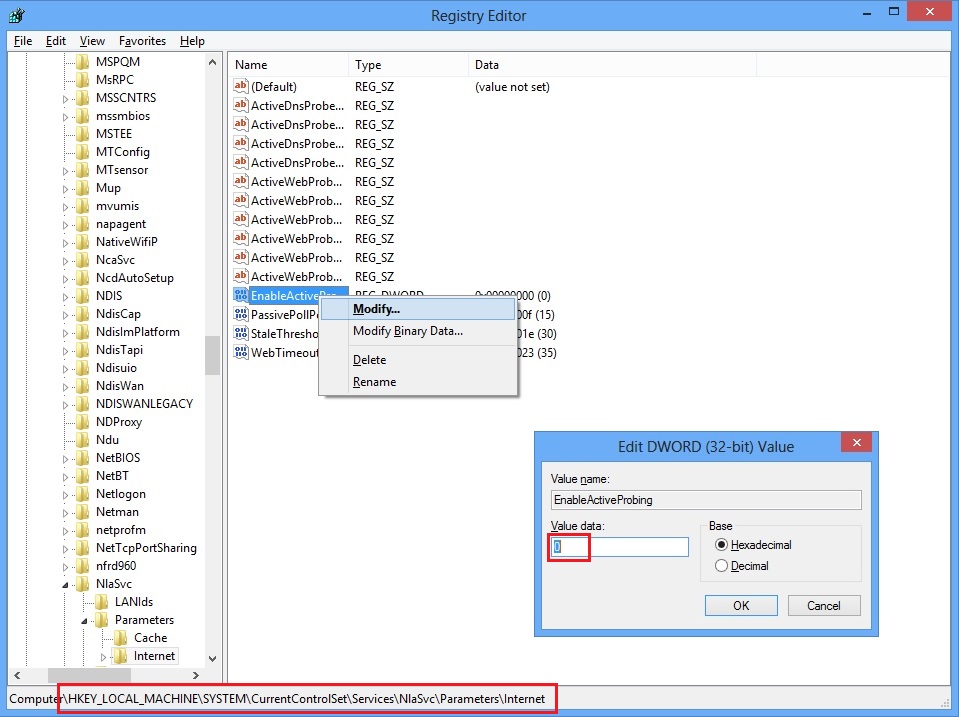So far we have covered hardware, from the basics of the CPU to the machine instruction cycle. They have learned binary and hexadecimal and are finishing up
Along the way they have worked together, written, and yet not written a single line of code.
 |
| IBM Wild Ducks |
Odd for a programming class?
Turns out, what I originally did to keep myself from creating "just another coding class" ended up being a good decision. I have students ranging from absolute beginners to kids that have taken APCS or IBCS.
And anyone that has taught computer science knows that can be a recipe for disaster. The more experienced kids show off, intimidating the newbies, especially those that do not self identify as "good at computers". Most of this material is new to all of the kids, so no one has an advantage, other than working hard.
This also establishes that in this room, everyone has an opinion that counts, we work together and respect where we are int eh learning process.
So today we are finishing up Unit 1. My goal is to summarize what we have done and to start to look at the big ideas (Creativity, Abstraction, Data, Algorithms, Programming, Internet, Impact).
- Fast Start: Based on everything we have talked about, what do you think computer science is? How would you explain it to someone else?
- Finish working on their computer history projects
- Watch this video from IBM: http://www-03.ibm.com/ibm/history/ibm100/us/en/
- Whole Group Discussion - what is computer science
- Poster - do a mind map with computer science in the middle and the seven big ideas around the outside.
- Test Review (still gotta grade, you know)
 Internal memories for smartphones has remained in after in lately . Samsung investigated the problem and managed to pull the market an internal memory , designed for mobile devices , can achieve speed record .
Internal memories for smartphones has remained in after in lately . Samsung investigated the problem and managed to pull the market an internal memory , designed for mobile devices , can achieve speed record .














